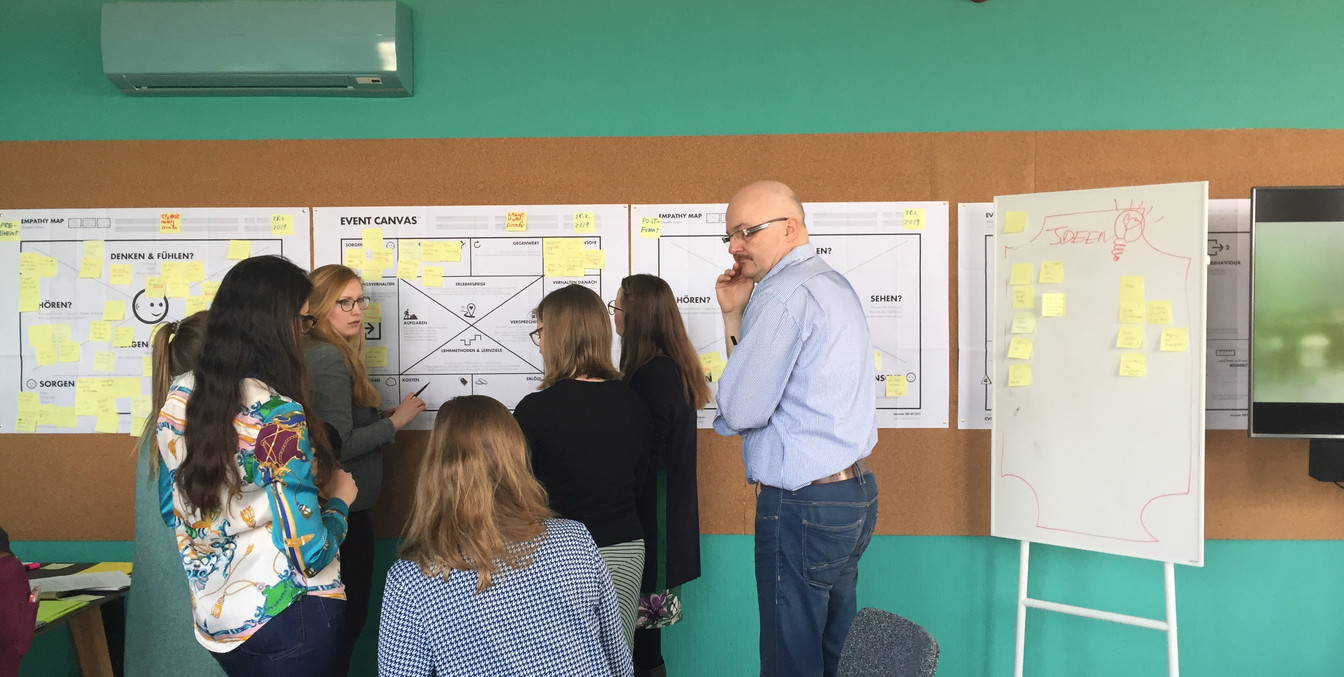Review Fit4Congress workshop "EventDesign" with Gerrit Jessen
- Dresden Convention Service
The workshop started in the morning with a great panoramic view over the rooftops of Dresden, from the meeting room of the new The Student Hotel.
The official get-to-know-you round at the beginning of the workshop revealed organisational talents, trailblazers and some exotics but everyone was immediately excited about the day. Gerrit Jessen (link: https://www.gecoman.de/) will introduce us to the world of event design today. With more than 25 years of experience in the event, congress and conference sector, he is the official trainer and consultant for Event Design Collective GmbH in Germany.
The best comes at the end
Thank you very much! We would like to thank Gerrit Jessen once again for the interesting and informative day, as well as the team of The Student Hotel for the delicious food and the location.
But one question still remains: What does fishing have to do with event design? Fishing is about choosing the right bait for the right fish. It should be the same with an event: You have to offer the participants the right incentives so that they get added value from the event.
The second half of the day
The task: A brewer wanted to create a new image for his somewhat forgotten beer through an event. Two stakeholders were identified and each was worked on in detail by a group.
In practice, we would then have tried to reconcile the prototypes with each other in order to be able to reconcile the needs of all stakeholders and derive the event strategy. Instead, we watched the resolution of the case study as a video and could see some parallels to our ideas.
What is Event Design with the Canvas Method?
How to apply it? That's what we learned on 28.02:
Most important insight at the beginning of the workshop: Event design takes place before planning and conception and should help to tailor one's own event to the needs of the participants, but also of important stakeholders, and to develop a holistic strategy.


